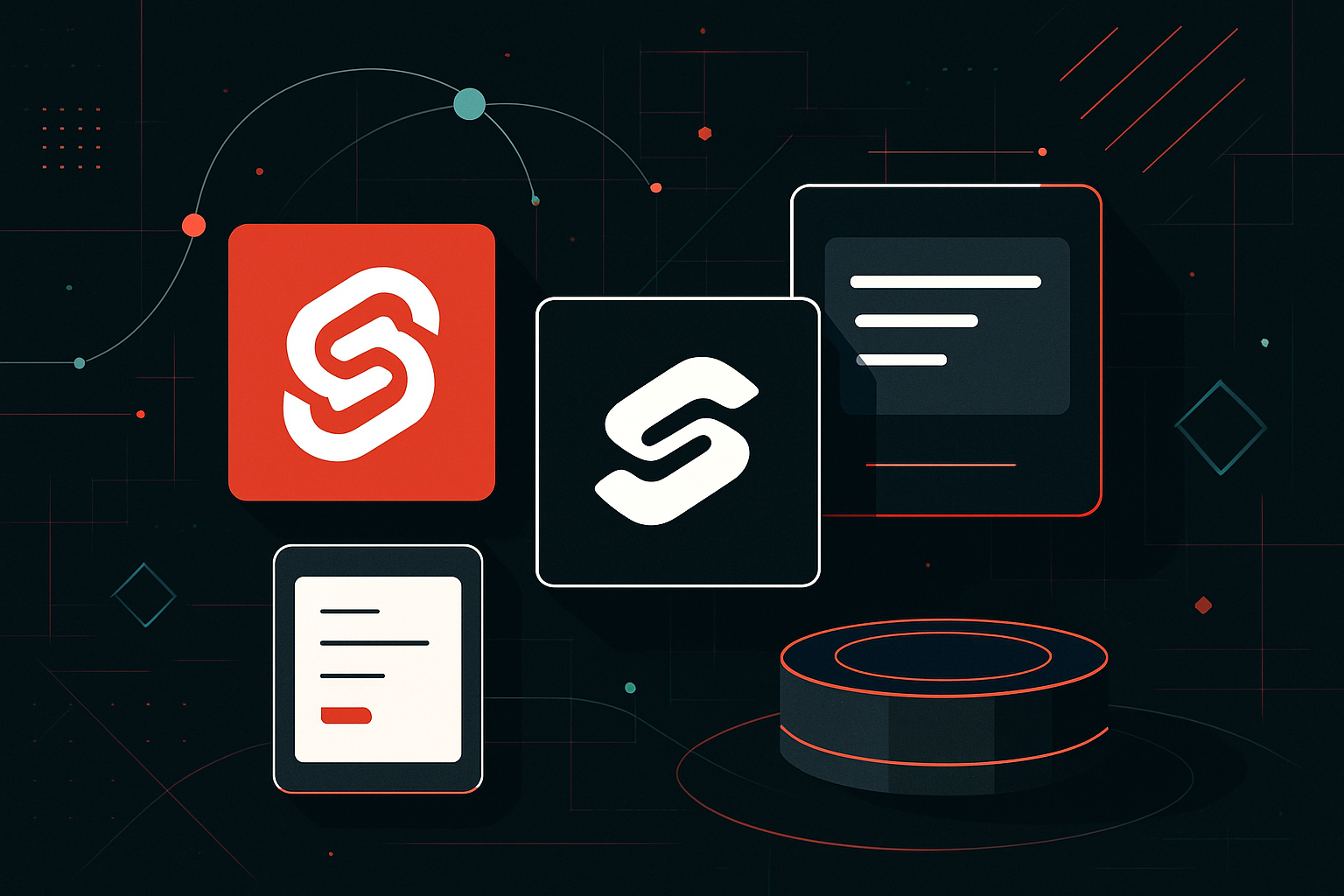Learning the Basics of Quantum Programming with Qiskit

Understanding Quantum Programming
Quantum programming is a paradigm that leverages the principles of quantum mechanics to perform computations. Unlike classical programming, which uses bits (0s and 1s), quantum programming uses quantum bits or qubits, which can exist in superpositions of states. This capability allows quantum computers to solve certain problems more efficiently than classical computers.
Introduction to Qiskit
Qiskit is an open-source quantum computing framework developed by IBM. It provides tools to create, simulate, and run experiments on quantum computers. Qiskit is composed of several components, but in this guide, we will focus on the basics to get you started with quantum programming.
Setting Up Your Environment
Prerequisites
Before diving into quantum programming with Qiskit, ensure you have the following:
- Python 3.7 or later
- Pip package manager
Installing Qiskit
Install Qiskit using pip with the following command:
pip install qiskit
This command installs the core packages necessary for quantum programming.
Basic Concepts of Quantum Computing
Qubits and Quantum Gates
- Qubits: The fundamental unit of quantum information. A qubit can be in state |0⟩, |1⟩, or any quantum superposition of these states.
- Quantum Gates: Operations that change the state of qubits. Common gates include the Pauli-X (NOT), Hadamard (H), and CNOT gates.
Quantum Circuits
A quantum circuit is a sequence of quantum gates applied to qubits. It is the primary structure used to perform quantum computations.
Creating Your First Quantum Circuit
Step 1: Import Necessary Modules
Begin by importing the required modules from Qiskit:
from qiskit import QuantumCircuit, Aer, execute
Step 2: Create a Quantum Circuit
Create a simple quantum circuit with one qubit and one classical bit:
qc = QuantumCircuit(1, 1)
Step 3: Apply Quantum Gates
Apply a Hadamard gate to put the qubit in superposition, and then measure the qubit:
qc.h(0)
qc.measure(0, 0)
Step 4: Simulate the Circuit
Use a simulator to execute the circuit:
simulator = Aer.get_backend('qasm_simulator')
job = execute(qc, simulator, shots=1000)
result = job.result()
counts = result.get_counts(qc)
Step 5: Analyze the Results
Print the results to understand the output of the quantum circuit:
print("Measurement Results:", counts)
The output will show the probability distribution of the qubit being measured in state |0⟩ or |1⟩.
Visualization with Qiskit
Qiskit provides tools to visualize quantum states and circuits.
Visualize the Quantum Circuit
Use Qiskit’s built-in functionality to draw the circuit:
qc.draw(output='mpl')
Visualize the Results
Plot a histogram of the results:
from qiskit.visualization import plot_histogram
plot_histogram(counts)
Key Concepts in Quantum Programming
Superposition and Entanglement
- Superposition: Qubits can exist in multiple states simultaneously.
- Entanglement: A quantum phenomenon where qubits become interconnected and the state of one qubit can depend on the state of another.
Quantum Algorithms
Quantum algorithms leverage superposition, entanglement, and interference to solve problems. Some widely known algorithms include Shor’s algorithm for factoring and Grover’s algorithm for search.
Qiskit Components Overview
Qiskit Terra
Qiskit Terra provides the core functions for composing quantum circuits and executing them on quantum devices.
Qiskit Aer
Qiskit Aer offers high-performance simulators to test and experiment with quantum circuits in a classical environment.
Qiskit Ignis
Qiskit Ignis includes tools for quantum error correction and noise characterization.
Qiskit Aqua
Qiskit Aqua is designed for building applications and algorithms on top of quantum circuits, particularly in areas like chemistry, AI, and optimization.
Practical Tips for Quantum Programming
- Start Small: Begin with simple circuits and gradually increase complexity.
- Use Simulators: Test your circuits on simulators before running on real quantum hardware.
- Stay Updated: Quantum computing is rapidly evolving. Keep up with the latest developments in Qiskit and quantum algorithms.
- Join the Community: Engage with the Qiskit community for support, resources, and collaboration opportunities.
Summary Table: Key Quantum Gates
| Gate | Symbol | Operation Description |
|---|---|---|
| Hadamard | H | Creates superposition |
| Pauli-X | X | Inverts qubit state ( |
| Pauli-Y | Y | Applies a π rotation around Y |
| Pauli-Z | Z | Flips the phase of |
| CNOT | CX | Entangles qubits |
| SWAP | Swaps the states of two qubits |
By understanding these basics and utilizing Qiskit, you can begin exploring the potential of quantum computing and develop skills that are increasingly valuable in the field of quantum information science.





0 thoughts on “Learning the Basics of Quantum Programming with Qiskit”